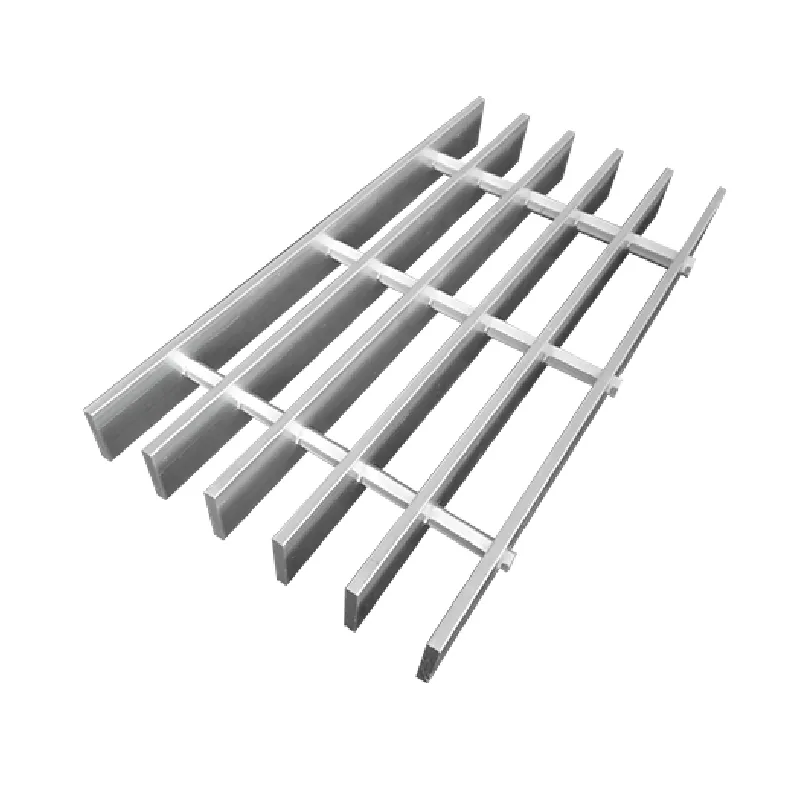- Industrial zone, South of Anping Town, Hengshui, Hebei, China.
- sales@hfpetromesh.com
- +86-18931809706
Durable Metal Walkway Grates for Enhanced Safety and Stability in Various Applications
Understanding Metal Walkway Grates Features, Benefits, and Applications
In modern construction and landscaping, the importance of functional and durable materials cannot be overstated. Among the various options available, metal walkway grates have gained popularity due to their versatility, durability, and aesthetic appeal. This article aims to explore the features, benefits, and various applications of metal walkway grates.
Features of Metal Walkway Grates
Metal walkway grates are fabricated from different types of metals, with steel, aluminum, and stainless steel being the most common. These materials offer a combination of strength and longevity, making them suitable for various environments.
1. Slip Resistance One of the standout features of metal grates is their slip-resistance. Many models come with a serrated design or coatings that enhance grip, making them ideal for areas where moisture accumulation might pose safety risks.
2. Load Bearing Capacity Metal walkway grates are engineered to support significant weight, allowing them to be utilized in both pedestrian and vehicular traffic scenarios. This makes them an excellent choice for high-traffic areas such as industrial sites and parking lots.
3. Durability Unlike wooden or plastic alternatives that can degrade over time due to environmental exposure, metal grates are resistant to rot, corrosion, and pests. Stainless steel, in particular, offers excellent resistance to rust, making it suitable for coastal areas with high humidity.
4. Customizability Metal walkway grates can be manufactured in various sizes, shapes, and styles. This flexibility allows for a tailor-made approach to meet specific project requirements, whether for aesthetic reasons or functional needs.
Benefits of Metal Walkway Grates
Utilizing metal walkway grates offers a variety of advantages that appeal to designers, builders, and end-users alike.
1. Enhanced Safety The slip-resistant surface coupled with excellent load-bearing capabilities significantly reduces the risk of accidents, making them a safe choice for both personal and commercial use.
metal walkway grates

2. Low Maintenance Metal grates require minimal maintenance compared to other materials. A simple cleaning with soap and water is often sufficient to keep them looking fresh. Their resistance to decay and pests also translates to reduced long-term costs.
3. Sustainability As metal is highly recyclable, using metal walkway grates can contribute to a more sustainable building approach. When the grates reach the end of their life cycle, they can be recycled rather than ending up in landfills.
4. Aesthetic Appeal With a wide range of finishes available, from raw metal to painted options, metal walkway grates can enhance the visual appeal of any space. They can complement various architectural styles, adding an industrial touch or a sleek modern look.
Applications of Metal Walkway Grates
Metal walkway grates are suited for a multitude of applications across different sectors.
1. Municipal Infrastructure Many cities utilize metal grates in the construction of boardwalks, bridges, and pedestrian pathways. Their strength and slip-resistant features make them ideal for outdoor public spaces.
2. Commercial Properties Retailers and business parks often utilize metal grates in their facade designs and outdoor walking areas, improving both functionality and aesthetics.
3. Industrial Sites Given their load-bearing capacity, metal walkway grates are particularly effective in warehouses, manufacturing plants, and loading docks, where strength and durability are paramount.
4. Landscaped Areas In gardens and parks, metal grates can be integrated into pathways, providing a contrast against natural elements while ensuring persistent usability regardless of the weather conditions.
Conclusion
Metal walkway grates offer a unique combination of safety, durability, and aesthetic appeal, making them an excellent choice for a wide range of applications. Their versatility across various sectors, coupled with low maintenance requirements and sustainability benefits, reinforce their value in modern architecture. As we move towards more innovative and resilient building practices, metal walkway grates are poised to remain a staple in both public and private infrastructure development.
-
The Power of Pyramid Shaker Screen - A 3-Dimensional SolutionNewsOct.24,2024
-
Exploring the Versatility and Durability of Steel GratingNewsOct.24,2024
-
Revolutionizing Drilling Efficiency with Steel Frame Shaker Screens for Mud Shale ShakersNewsOct.24,2024
-
Potential of Shale Shaker ScreensNewsOct.24,2024
-
Offshore Pipeline Counterweight Welded Mesh - Reinforced Mesh in Marine EngineeringNewsOct.24,2024
-
Revolutionizing Offshore Pipeline Stability with Concrete Weight Coating MeshNewsOct.24,2024
